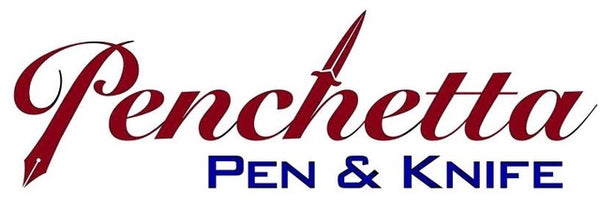I’m sure we’re all somewhat intuitively aware, or have heard it echoed here and there from time to time, but:
The ink you put in your pen can have as much, if not more, of an impact on your writing experience than the nib itself.
Now, there does not exist (that I am aware of) an ink with magical properties that will make even the most horribly-aligned tines glide like butter on ice, but the extra fine nib you wrote off as “scratchy no matter what” may deserve a second chance! The paper+nib+ink trifecta is not an evenly-weighted balance. Given the right ink, that super extra fine Platinum nib can go from a scratchy nightmare to glassy-smooth. Likewise, you may find that the Pilot you picked up for its supposedly-incredibly-smooth nib feels like writing on sandpaper.
“Well then, what ink should I choose?” you may be asking. Unfortunately, it’s not quite a cut-and-dry answer. Many, or most, brands have inks that are wetter (flow more readily) and inks that are drier (more resistant to flow), though most brands tend to be relatively consistently wet or dry, in my experience. How does one know if an ink is wet or dry? For most of us, the answer is to write with it and compare with other inks we’ve used, but for the nerdiest amongst us, accurate measurements can be (and have been) taken! Viscosity, surface tension, and density all play a role in how an ink behaves in a fountain pen, and those attributes (and more) have been compiled into the following spreadsheet. Covering 135 different inks across many brands, this resource provides an amazing array of comparison points for determining where on the wet-dry continuum your favorite inks reside!
Some general tips for pairing an ink with a pen:
- Finer nibs will need a wetter ink to feel smooth
- Japanese pens tend to write dry and prefer wet ink
- German & other Western pens tend to write wet and prefer dry ink
- Wet inks, or inks with a flow treatment, will feather more and may increase the perceived line width
The TINIEST bit of dish soap added to a converter of ink can help reduce surface tension and increase flow. Be EXTREMELY careful, dipping the tip of a pin in the soap and then swishing in the converter should be more than enough.
Thanks for reading,
Rhys

